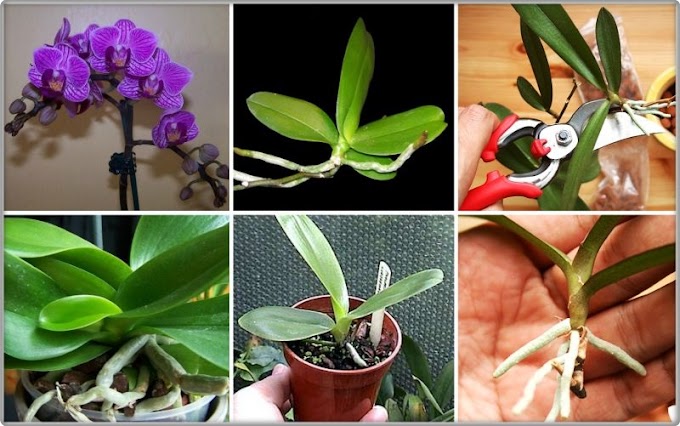Once in place, a cactus bed makes an easy, no-fuss garden, because cacti don’t require as much water or maintenance as other types of plants.
The downside is that contact with cactus spines can be extremely painful, so you shouldn’t choose this type of bed if you have young children or pets. Although cacti generally grow well in Mediterranean-style climates, the wet winters can cause problems if your soil is heavy. To compensate, make sure your cactus bed has excellent drainage, which can best be achieved by making it a raised bed.
Raising the Bed
First, you will need to decide what material to use for the walls of your raised bed. Large rocks about 15 inches (32.5 cm) high, outlining an irregularly shaped area, will provide a natural look. You can also surround the bed with large and rot-resistant cedar or redwood logs. Whatever material you choose, make sure the bed’s walls are at least 15 inches (32.5 cm) deep.
Where Cactus Grow Best
For the best drainage, select a site on a sunny slope south or west of a building, and spade up the ground to a depth of 1 foot (30 cm) beneath where you plan to build the bed. After removing the soil from that top 1 foot (30 cm), fill the area with gravel.
Arrange whatever materials you are using for the bed’s walls so they surround the area now packed with gravel. Once the walls are up, shovel into the space between them — to a depth of 1 foot (30 cm) — a mix containing 1 part soil, 1 part sharp sand and 1 part gravel or pumice.
Planting Plans
Always wear heavy leather gloves when planting cacti. If you find the gloves aren’t heavy enough, wrap them with duct tape to make them more spine-resistant. You can also use tongs to move the spiny plants, or sheathe them in heavy material, such as an old throw rug or tarp, when shifting them about. Choose a variety of cacti, including giant Saguaro (Carnegiea gigantea), which grows in U.S.
Department of Agriculture plant hardiness zones 9 through 11, Prickly Pears or Chollas (Opuntiaspp.), whose hardiness varies from USDA zones 5 through 12 and Fishhook Cacti (Mammillaria spp.) which grow in USDA zones 9 through 11.
Your garden will look more interesting if you intersperse the cacti with succulents that enjoy similarly dry conditions, such as Yuccas which grow in USDA zones 4 through 12, depending on the species and Agaves which, depending on species, grow in USDA zones 8 through 12. After planting the cacti and succulents in the soil mix, water them and mulch them with 2 inches (5 cm) of pea-sized gravel.
Cactus Care
You will need to water cacti more frequently while they become established. During the first four to six weeks, water them once per week. Then, switch to watering them only once every two weeks from May to September. After September, stop watering your cacti until the following May. Cacti in the ground don’t generally need fertilizer.
If you prefer to give them some, you can feed them once every two weeks from May to September with a low-nitrogen, water-soluble, cactus fertilizer, such as 1-7-6, using 1 teaspoon per 1 gallon of water.
Source: sfgate.com




